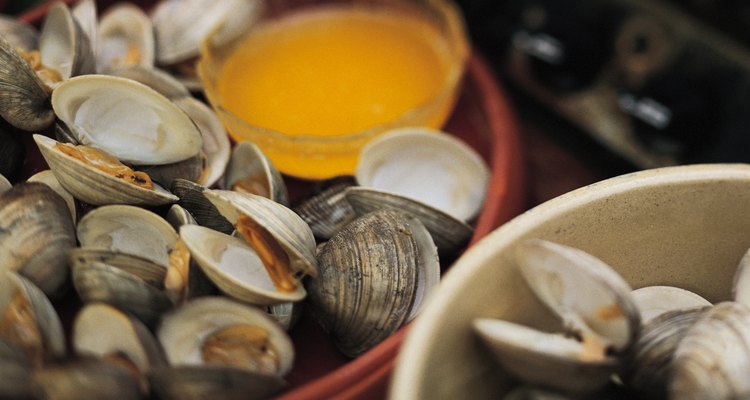
Eastern hard shell clams, Mercenaria mercenaria, are the most preferred types for raw consumption. They are harvested up and down the Eastern seaboard from Florida to Maine, and their names usually reflect the region from which they are gathered. Cherrystone and Little Neck clams are the two most common species of hard shell clams.
Habitat
Cherrystone clams are harvested from Cherrystone Creek on the eastern shore of Virginia. The Little Neck variety comes from the Little Neck Bay on the northeast coast of Long Island, which lies just east of Manhattan, New York. The latter type is often confused with littleneck clams based on the similar spelling (Little Neck vs. littleneck), which are an unrelated West Coast clam.
Size and Weight
Clam sizes, like shrimp, are categorized by how many typically constitutes a pound. Cherrystone clams are around 2 to 3 inches in diameter and average between three and five per pound. Little Necks, the smallest hard shell clam also known as having the sweetest taste, usually have around 10 to 12 clams in a pound. They measure about 1 to 2 inches across and are the more expensive of the two types.
Purchasing Guidelines
Clams, like oysters and mussels, must be purchased alive to be safe for consumption. Their shells should be tightly clamped shut or, if there is a slight opening between the two halves, it should snap shut with a light tap of the finger on top. If the clams are open, they are dead and not safe to eat. If you are being served fresh, raw clams on the half shell, they should be plump, translucent and resting in a clear, natural liquid.
Preparation Methods
Cherrystone and Little Neck clams are most commonly consumed raw on the half shell and served with lemon wedges or hot pepper sauce. They are also good grilled over charcoal, as well as steamed or baked. Cherrystones are the main ingredient in the well-known dish Clams Casino, a recipe that requires baking the clams in a wine sauce infused with bacon, fresh red bell pepper, shallots, garlic and oregano and topped with fresh Parmesan. Whatever method you choose, do not overcook the clams, as they will become chewy and tough.
Other Hard Shell Clams
Topnecks are related to Cherrystones but are smaller and average six to eight per pound, while Chowder clams or Quahogs are the largest hard shell clam. They weigh between 8 and 16 oz. each, have a minimum diameter of 3 inches and are used mostly in products that contain chopped or minced clams. Little Quahogs are sometimes marketed as Golden Littlenecks although they are not related to regular littleneck clams.
Related Articles

How to Buy Clams
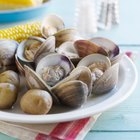
Types of Edible Clams
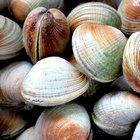
How to Steam Littleneck Clams
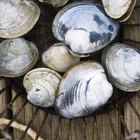
How to Steam a Quahog

How to Make Sure Cooked Clams Have No ...
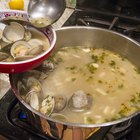
How to Cook a Pot of Steamers
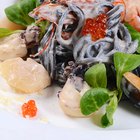
How to Cook Mussels & Clams Together

Does Lobster Taste Better Boiled or ...
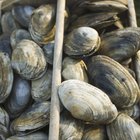
How Long Do Clams Last Unrefrigerated?
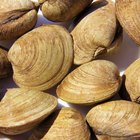
How to Cook Quahogs

Can I Cook Oysters in the Shell in the ...

How to Cook Littleneck Clams

How to Make Fresh Clam Sauce
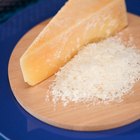
The Differences Between Romano & ...
How to Boil Pig Feet

The best way to cook king crab legs ...

Difference Between Cellophane Noodles & ...

How to Measure Pearls

How to Purge Sand Out of Clams With ...
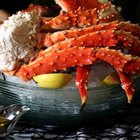
When Is King Crab Season?
References
Writer Bio
Cassie Damewood has been a writer and editor since 1985. She writes about food and cooking for various websites, including My Great Recipes, and serves as the copy editor for "Food Loves Beer" magazine. Damewood completed a Bachelor of Arts in English with an emphasis in creative writing at Miami University.
Photo Credits
Comstock/Comstock/Getty Images